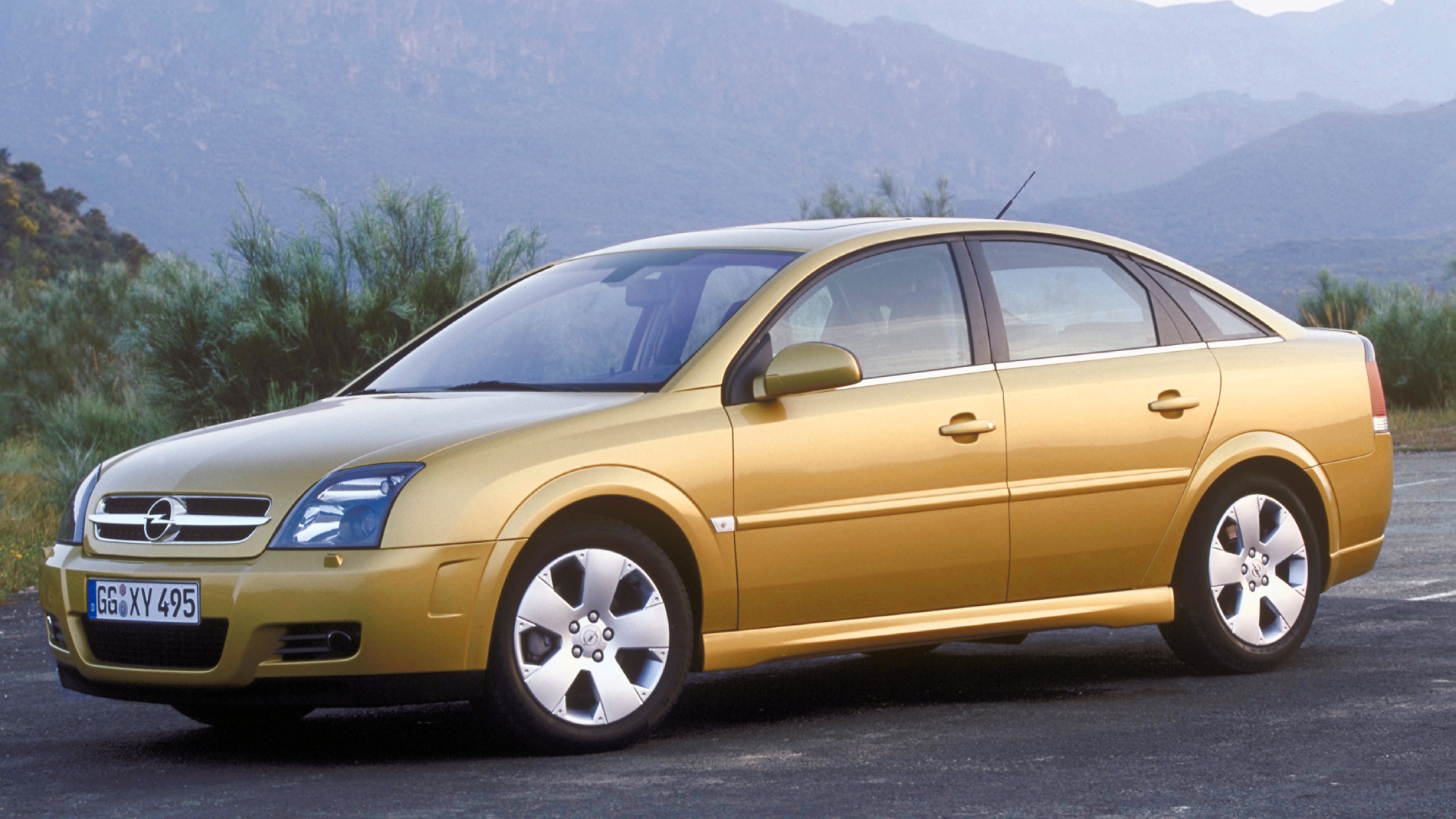Opel Vectra – everything you need to know
First generation: Opel Vectra A
The Opel Vectra entered the market in 1988 as the successor to the Ascona, also a well-known and popular model at the time. In the United Kingdom, the model was called Vauxhall Cavalier, as its predecessor Ascona was also called there. Opel always gives its model generations a letter designation. Thus, the first generation Opel Vectra is known as the Vectra A. As a versatile family car, the Vectra was available as a four-door sedan, five-door liftback. Strictly speaking, there was also a coupe version, as the Opel Calibra was based on Vectra technology. In 1992, the Vectra underwent a subtle facelift.
The Vauxhall Vectra’s engine lineup was very broad. On the one hand, there were economical and/or powerful gasoline engines of 1.4, 1.6, 1.8 and 2.0 liters. Diesel could be had with two different 1.7-liter four-cylinder engines. One of the diesels came from Isuzu, which Opel had a partnership with at the time. Later, the car was even available with a 2.5-liter V6 gasoline engine. This did not provide so much sporting performance, but did make the Vectra a delightful cruiser. In some countries, including the Netherlands, the Vectra also came in sporty GT trim, with the 2.0-liter turbocharged gasoline engine producing as much as 204 hp in its most powerful form.






Second generation: Opel Vectra B
In 1995, the all-new Opel Vectra B took over. Perhaps the biggest news was the arrival of a new body style. From now on, the Opel Vectra also came as a Caravan, an estate car. With the arrival of the Vectra B, the model was also going to be called Vectra in the United Kingdom anyway. In 1999 the car underwent a subtle facelift, which, with minor changes, made it look more modern.
Engine offerings remained broad, now including a 1.6-, 1.8-, 2.0- and 2.2-liter four-cylinder gasoline engine or a 1.7-, 2.0- and 2.2-liter four-cylinder diesel. Again, there was a 2.5-liter V6, later enlarged to 2.6 liters. There were no less than four sport versions: the i500, Super Touring and GSi. These were not delivered in all countries, by the way, and production was limited anyway. Specifically, the Opel Vectra GSi Caravan is among the rarest Opel production models ever.






Third generation: Opel Vectra C
In 2002, the Opel Vectra C entered the market, another completely new development. The type and number of body styles remained the same, though the Caravan was introduced a year later. From now on, there was also a strikingly designed five-door hatchback, but it was positioned as Opel Signum as a separate model. A facelift followed in 2005, which was more drastic than in previous model generations. The front end received a much more rounded design. What was new was that for the first time the Opel Vectra was available in a serious sports version as a regular production model, the OPC version with no less than 185 kW (252 hp). Vauxhall increased that power output to 188 kW (256 hp).
The engine lineup remained largely the same as that of the Vectra B in terms of engine types, with the new addition of a 3.0-liter V6 diesel engine. The earlier V6 was relieved by a new one with 3.2-liter capacity. Incidentally, the remaining engines were modernized and more powerful, the latter mainly to compensate for the increased car weight. With the facelift, most engines gained a few more horsepower.






Successor: Opel Insignia
The Vectra story came to an end in 2010, with the arrival of the once again all-new Opel Insignia. Still, apart from the slightly more “exciting” design, that Insignia continued along the same path. The Insignia line will still be sold, but as of 2022, only in China.
The Opel Vectra abroad
You could call the Vectra a real world car, because it was also sold outside Europe. For example, in Latin America the Vectra was sold as a Chevrolet, and in Australia and New Zealand the car was a Holden. The last generation Opel Vectra was also sold in North America, albeit in modified form as Saturn Aura. Only in Chile was the Opel Insignia briefly delivered under the Vectra name. That model has always remained rare.
Opel Vectra in motorsport
Despite the Vectra being a relatively large sedan, generations B and C were also regularly used in motor racing. Thus, the Vectra B participated in the British Touring Car Championship, the Asia-Pacific Touring Car Championship, the German Super Tourenwagen Cup, the Australian Super Touring Championship, the Japanese Touring Car Championship, the Italian Superturismo Championship, the French Supertouring Championship and the Swedish Touring Car Championship.
The Vectra C competed in the British Touring Car Championship, the Deutsche Tourenwagen Masters, the Stock Car Brasil and the Argentine Top Race V6. In the case of the Vectra C, though, most of these were silhouette racers, that is, “thoroughbred” race cars whose bodywork only refers to the street model.

Points of interest used Opel Vectra
Certainly the last generation(s) Vauxhall Vectra are still interesting as a used car. The first generation is slowly beginning to attract interest from youngtimer enthusiasts. There are some points to consider if you are in the market for a used Vectra, though.
For example, the Opel Vectra C still sometimes suffers from a variety of electronic malfunctions. Those generally do have a fairly simple cause. Also keep in mind that not all Vectra engines are suitable for E10 gasoline. So you should always fill up with E5 (Euro98). The advantage is that the engine runs nicer more economically on that, which is true of all gasoline engines, by the way.
One advantage is precisely that there is relatively little demand for cars like the Vectra these days, so you can find good ones second-hand for little money. The once versatile range means you now also have a wide range of used cars. Although, most diesels and versions with automatics have long since been exported.

